DOCtalk by Dr. Gregg 2/17/13
Byproduct versus Focus
Byproduct was walking merrily down Fifth Avenue when he ran smack dab into Focus.
“Hey! Focus, my old friend!” Byproduct bellowed. (He had always been a rather boisterous fellow, most notably when extolling his own virtues.)
“Hiya, Byproduct,” Focus smiled. “My, don’t you look fine in your William Fioravanti bespoke tailoring and sparkling Harry Winston accoutrements!”
Byproduct beamed unabashedly. “Yes, indeed. Times have been very good, very good, Focus. Here in the States, the whole healthcare digitization issue has had me rolling, simply rolling in it!” he exclaimed.
Focus could see Byproduct’s chest swell as he crowed of his success. Always keeping his eye on the ball, Focus drove straight past the huff and fluff to wring the core of Byproduct’s message to the fore when he said, “Yes, here in the U.S. documentation has been creating more mountains of offshoot data than anyone ever imagined. Too bad, isn’t it?”
“What?! Too bad?” roared Byproduct. “My God, man, this is the heyday of all heydays. Me and the missus are getting ready to purchase our fourth far-too-large mansion. We’ve a passle of private jets and a mountain of Maseratis. We’re heading off to tour the world for the next two months. If you call that “bad,” then I’m happy things are so bad!”
With a glint in his eye, Focus went on, unfazed by Byproduct’s blustering. “Well, my old friend,” Focus said, “I wouldn’t be away too long. It seems there are changes afoot in the world of healthcare documentation that may just derail your digital data heydays.”
Just the slightest bit of air slipped from Byproduct’s swollen chest as he asked, “What do you mean? What could possibly derail this wonderfully massive data capture behemoth I’ve masterminded?”
Focus replied, “Oh, it isn’t that capturing more and more data won’t continue, my dear Byproduct. It’s just that the glory days for healthcare data capture are waning; a new day for healthcare data is dawning and it’ll be all mine.”
“Bullhockey,” said Byproduct. “From coding and billing to Meaningful Use, what could be more important than data capture? Healthcare data piles are growing exponentially; if I was a stock, I’d be bigger than Apple.”
“True, my old pal, true. But from Imhotep and Hippocrates to Pasteur and Mostashari, healthcare data collection has never been the true driver. It’s always been a byproduct – a necessary element, for sure – but nonetheless an offshoot of the true mission of healthcare. That true mission,” continued Focus, “has and always will be the care of people’s health. That’s why it’s called ‘health care.’”
Byproduct looked momentarily flummoxed, but quickly regained his bravado. “Nice try, my naïve Focus, but this train is running full throttle. Everyone knows that it’s the data collection that gets paid. Data capture is what HIT is all about. The days of pen and paper created mountains of irretrievable pulp-based records that may have held interesting content, but which were becoming impossible to utilize. Everyone knows,” he continued, “that digital data capture is the key to making that content accessible.”
“You are, as always, so correct and yet so misguided, dear Byproduct,” came the now impassioned Focus. “Data capture is imperative for the logarithmic growth of health information. Information technology can do wonderful things with all that data, wonderful things which were previously unthinkable. The problem isn’t data capture, per se; the problem is that data capture has become the sole focus of so many who are now involved with healthcare.”
“So you’re saying that data capture is important, but not central?” Byproduct asked quizzically.
“Exactly,” replied Focus with emphasis. “People’s lives aren’t sets of data points; they’re stories, stories full of nuance and subtleties. The same is true for their health. That’s why they call them ‘medical histories.’ Technology has not been invented which can truly capture those stories and yet it’s those stories which provide the core of health meaning. It’s those stories with their vagaries which provide true value. It’s those stories which people tell to their doctors and nurses and such and it’s those stories which give those healthcare providers the keys to understanding, diagnosing, and treating.”
“But EHRs are all designed to capture discrete data, Focus. They are all predetermined, point-and-click input portals. Without that, it’s just uncapturable, typed-in text. How can you possibly create predefined elements to cover every possible nuance?” questioned Byproduct.
“Ahhh, my dear colleague and cohort, there indeed is the crux,” agreed Focus. “Perhaps it’s the design of data capture that has blurred the vision for HIT. If data input were rehumanized, allowing people to tell health stories instead of inputting predefined phrases and terms, then the true meaning of the data – the story – could be preserved. Data capture can be improved and can be done more on the back end, after the story has been told.”
“Not possible,” retorted Byproduct. “Everyone knows that it’s templates and dropdowns that rule the worlds of HIT data collection. Providers will just have to figure out another way to share your so-called ‘stories.’ You can’t template that.”
“No, not using your approach you can’t. But, there are new ways to document coming, new digital tools that can capture discrete data while allowing the medical story to be told. I’m betting your heydays are numbered, my old friend,” consoled Focus. “These new methods might just bring me, Focus, back to the fore of healthcare.”
“Balderdash!” snorted Byproduct. “I’m just too big to be stopped!”
“So were TWA and Pan Am at one time,” Focus replied. ”Have you seen Quippe? Or how about CLiX?”
From the trenches…
“It is very difficult to get people to focus on the most important things when you’re in boom times.” – Jeff Bezos

Dr. Gregg Alexander, a grunt in the trenches pediatrician at Madison Pediatrics, is Chief Medical Officer for Health Nuts Media, an HIT and marketing consultant, and sits on the board of directors of the Ohio Health Information Partnership (OHIP).

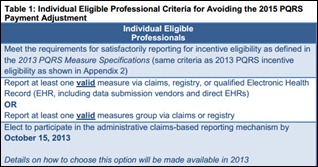


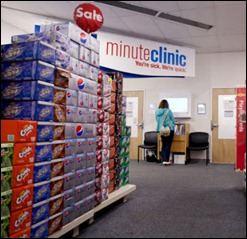


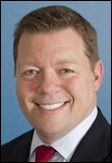


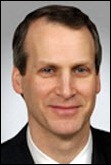

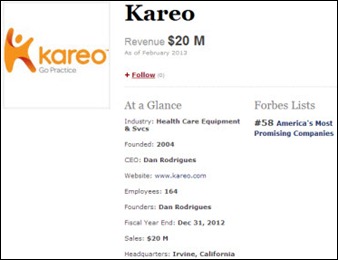

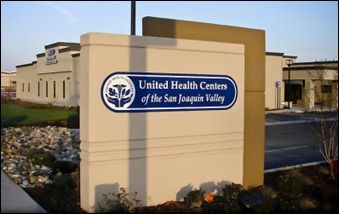
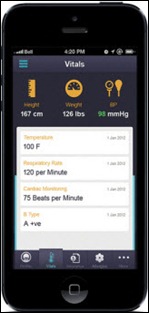
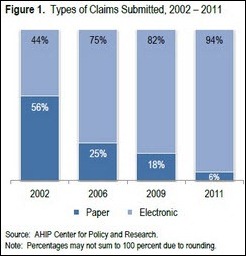



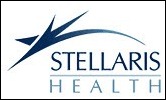

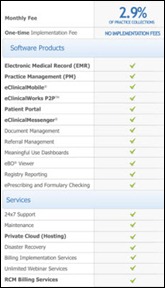

The article about Pediatric Associates in CA has a nugget with a potentially outsized impact: the implication that VFC vaccines…